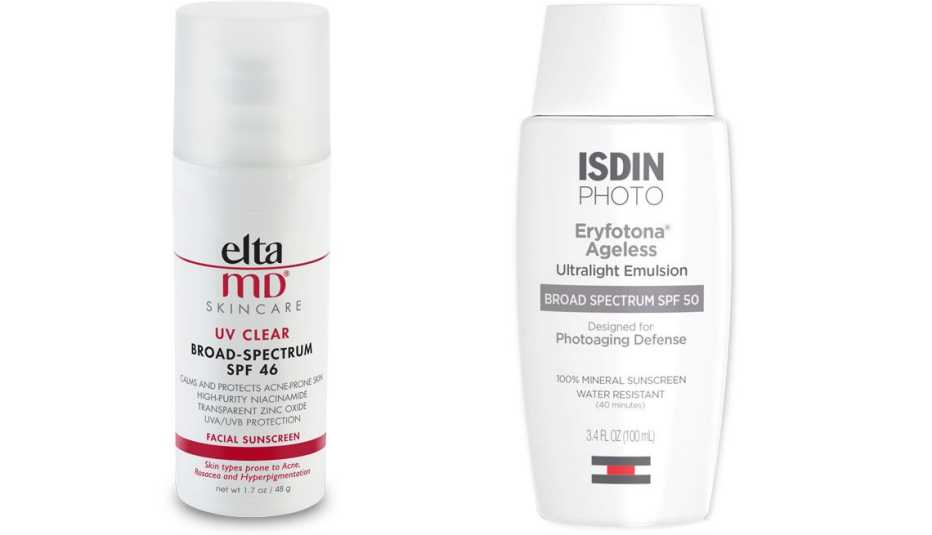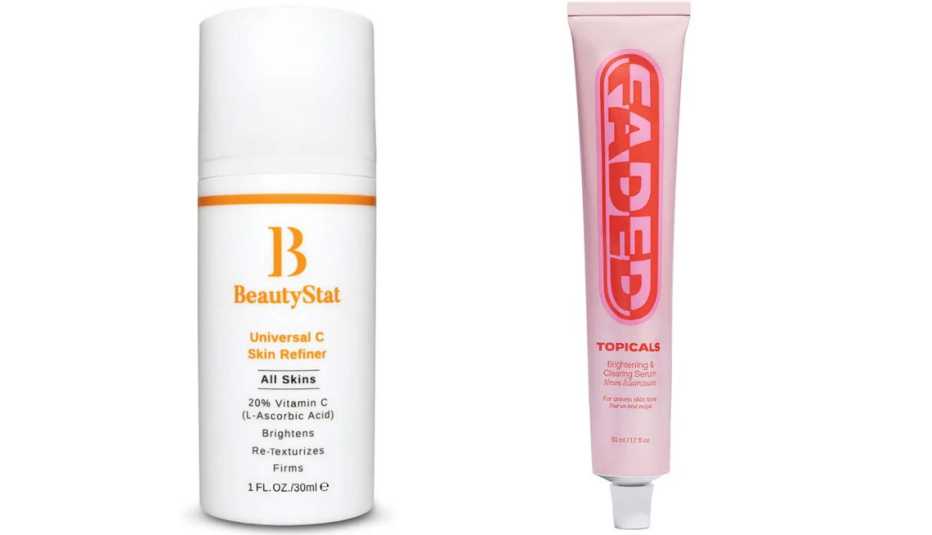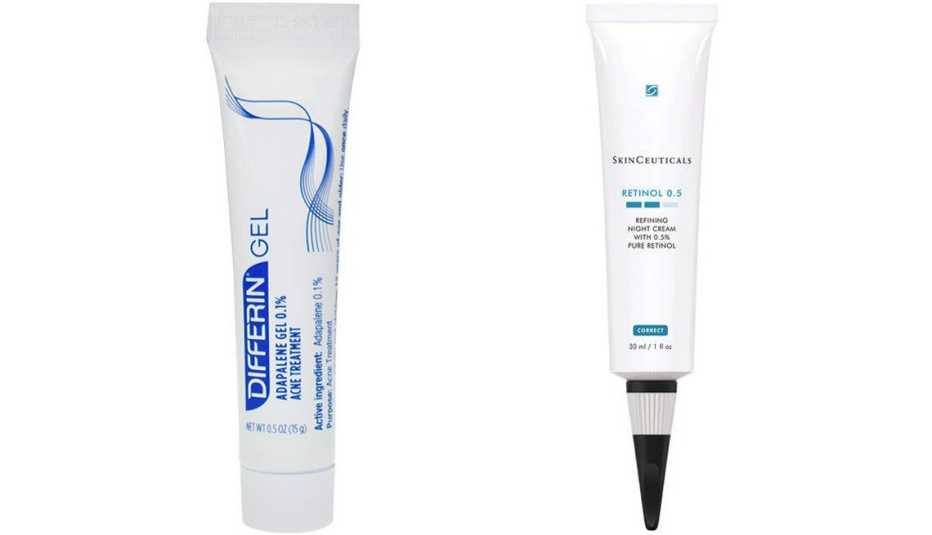AARP Hearing Center
Sailing through life with flawless skin sounds ideal, right? If only there was a way to dodge those occasional bouts of adult acne or enjoy a day in the sun without it wreaking havoc on your skin. Now, if you’re a melanin-rich beauty, these common complexion woes are more than just a nuisance, as they can leave behind dark spots, also known as hyperpigmentation, that persist long after a pesky pimple or sun exposure. But luckily, it’s possible for lingering blemishes to fade over time with the right treatment.
Melanin’s role in hyperpigmentation
Melanin, a natural pigment that determines skin color, is produced by skin cells called melanocytes, explains Yolanda Lenzy, M.D., a board-certified dermatologist and owner of Lenzy Dermatology & Hair Loss Center in Massachusetts.
These melanocytes store melanin in organelles called melanosomes (i.e., small pigment packets), which can leak with inflammation and trauma, according to Michelle Henry, M.D., a board-certified dermatologist at Skin & Aesthetic Surgery of Manhattan in New York City. Since individuals with dark skin have more melanosomes, they’re more prone to hyperpigmentation. There are two main types of hyperpigmentation seen in deeper hues:
Post-inflammatory hyperpigmentation vs. melasma
When the skin undergoes trauma or inflammation like acne, scarring or eczema, melanin production goes into overdrive, resulting in brown or gray patches on the skin called post-inflammatory hyperpigmentation (PIH). “In these areas where the skin rash was located, especially when there’s been scratching, or picking and squeezing of [acne] lesions, hyperpigmentation can develop,” says Lenzy.
Melasma is more commonly seen in women, and is usually induced by hormonal fluctuations related to pregnancy or menopause. “We [also] see it when individuals are on birth control pills or IUDs,” says Lenzy. Melasma shows up as brown or gray patches that are usually symmetrical on both sides of the face. It typically appears on the cheeks, forehead and upper lip and can worsen with excessive sun exposure, making it more difficult to treat.








































































